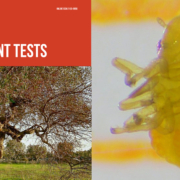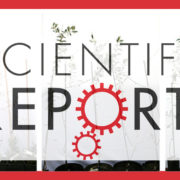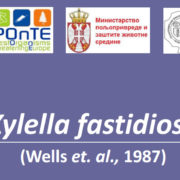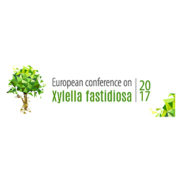Using insects to detect, monitor and predict the distribution of Xylella fastidiosa: a case study in Corsica
Astrid Cruaud (1), Anne-Alicia Gonzalez (1,2), Martin Godefroid (1), Sabine Nidelet (1), Jean-Claude Streito (1), Jean-Marc Thuillier (1), Jean-Pierre Rossi (1), Sylvain Santoni (2) and Jean-Yves Rasplus (1)
Affiliations
(1) INRA, UMR1062 CBGP, F-34988 Montpellier, France
(2) INRA, UMR1334 AGAP, F-34398 Montpellier, France
We sampled ca 2500 specimens of Philaenus spumarius throughout Corsica without a priori on the presence of symptoms on plants. We screened 448 specimens for the presence of Xylella fastidiosa (Xf) using qPCR and a custom nested PCR. qPCR appeared versatile and under-estimated the prevalence of Xf. Nested PCR showed that Xf was present in all populations. Molecular results were validated by prediction on the distribution of Xf made from tests conducted on plants, which shows the pertinence of using vectors in risk assessment studies. Xf was detected in tenerals and adults. Thus, P. spumarius could acquire Xf from its host plant, mostly Cistus monspeliensis in Corsica, which may act as reservoir for the next season. This contrasts with other observations and suggests that management strategies may have to be adapted on a case-by-case basis. At least two genetic entities and several variants of Xf not yet identified on plants were present in the insects, which suggests ancient introductions of Xf and a probable underestimation of the current diversity of the strains present in Corsica. Interestingly 6% of the specimens carried two subspecies. Studies are wanted to better characterize the strains present in Corsica and know how the disease was introduced, spread and why no sign of a potential epidemic was detected earlier. This study shows that, when sensitive enough methods are implemented, insects can be used to predict and better assess the exact distribution of Xf. Insects are indeed easy to collect, Xf multiply only in their foregut and does not become circulative, which facilitates its detection.
Published on January 2018 by BioRxiv









